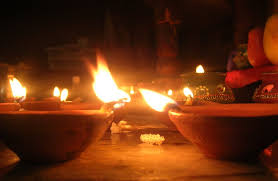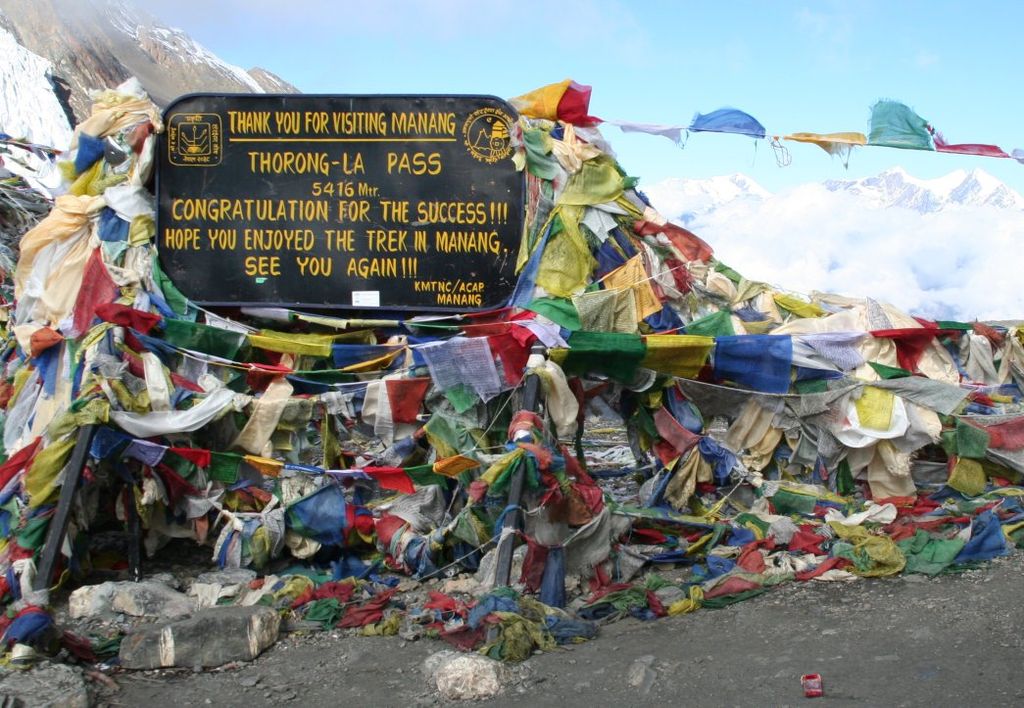The festival of Tihar, also known as Deepawali or Yamapanchak, is one of the most anticipated and widely celebrated festivals across Nepal. Occurring in late October or early November, following the national festival of Dashain, Tihar spans five days and centers around the lighting of lamps to symbolize the triumph of light over darkness, knowledge over ignorance, and hope over despair.
Each day of Tihar focuses on honoring a specific aspect of Nepalese culture and spirituality:
Here is an expanded explanation for each day:
Day 1 – Kaag Tihar:
On the first day of Tihar, crows are revered as the messengers of Yama, the Hindu god of death. Crows have a deep spiritual significance in Nepali culture as conduits between the material and spiritual realms. People offer sweets, fruits, and grains on their rooftops or windowsills to express gratitude towards crows for their divine services. The offerings also acknowledge the role of crows in alerting humans to omens and messages from the gods.
Day 2 – Kukur Tihar:
The second day celebrates the cherished relationship between humans and dogs. Dogs hold an esteemed position in Nepali households for their unwavering loyalty, protection and companionship. On Kukur Tihar, dogs are bathed, adorned with flower garlands, tika markings on their forehead and given special meals to express appreciation for their services. Their paws are painted with red vermilion powder as a way to wish them longevity. The day highlights the unique human-canine bond.
Day 3 – Gai Tihar and Laxmi Puja:
Cow worship is an integral part of Hindu rituals and this day honors cows as sacred beings representing motherhood, nourishment, and abundance. Cows are beautifully decorated with garlands, fed green grass and vegetables. Homes are cleaned to welcome the goddess Laxmi, the bestower of prosperity, later in the evening. Oil lamps, candles and lights are lit to invite Laxmi into homes and lives.
Day 4 – Goru Tihar and Govardhan Puja:
Oxen are celebrated on this day for their labor in ploughing fields and transportation of goods. They are given extra rest and sumptuous food. The Govardhan mountain is also worshipped on this day for providing nourishment to cows and representing fertility. Married women perform pujas for their husbands and are presented gifts by their husbands to honor marital bonds.
Day 5 – Bhai Tika:
On the final day, sisters apply tika to the foreheads of their brothers and offer them flower garlands, sweets and prayers for prosperity and longevity. Brothers bestow blessings and gifts upon sisters and promise to protect them always. It is a celebration of the cherished bonds between brothers and sisters.
Throughout Tihar, the atmosphere is filled with joy, music, and colorful decorations. Homes are illuminated with oil lamps, candles, and decorative lights. The festival not only holds religious significance but also plays a crucial role in strengthening familial and community ties. It is a time for family reunions, feasting on traditional dishes, playing card games, and exchanging gifts.
Tihar showcases the rich cultural and spiritual heritage of Nepal, celebrating the harmonious coexistence of humans and nature, while also emphasizing the values of love, respect, and gratitude towards all living beings. It is a truly enchanting and unifying festival that brings people together to celebrate the beauty of life and the world around them.




